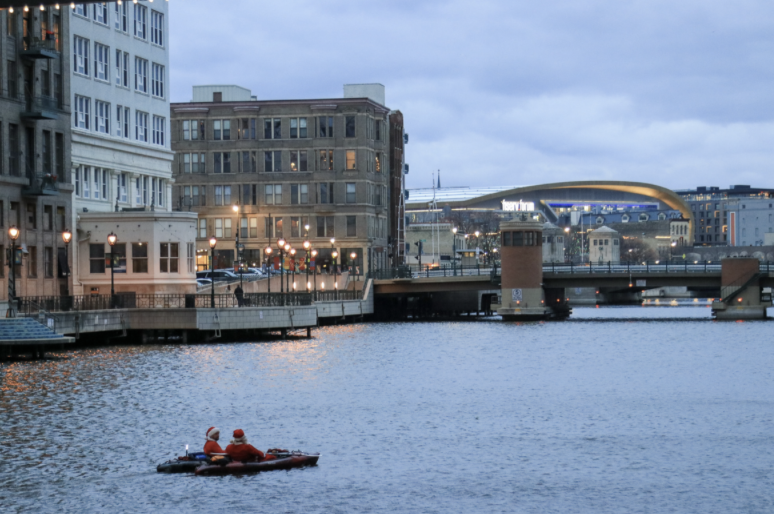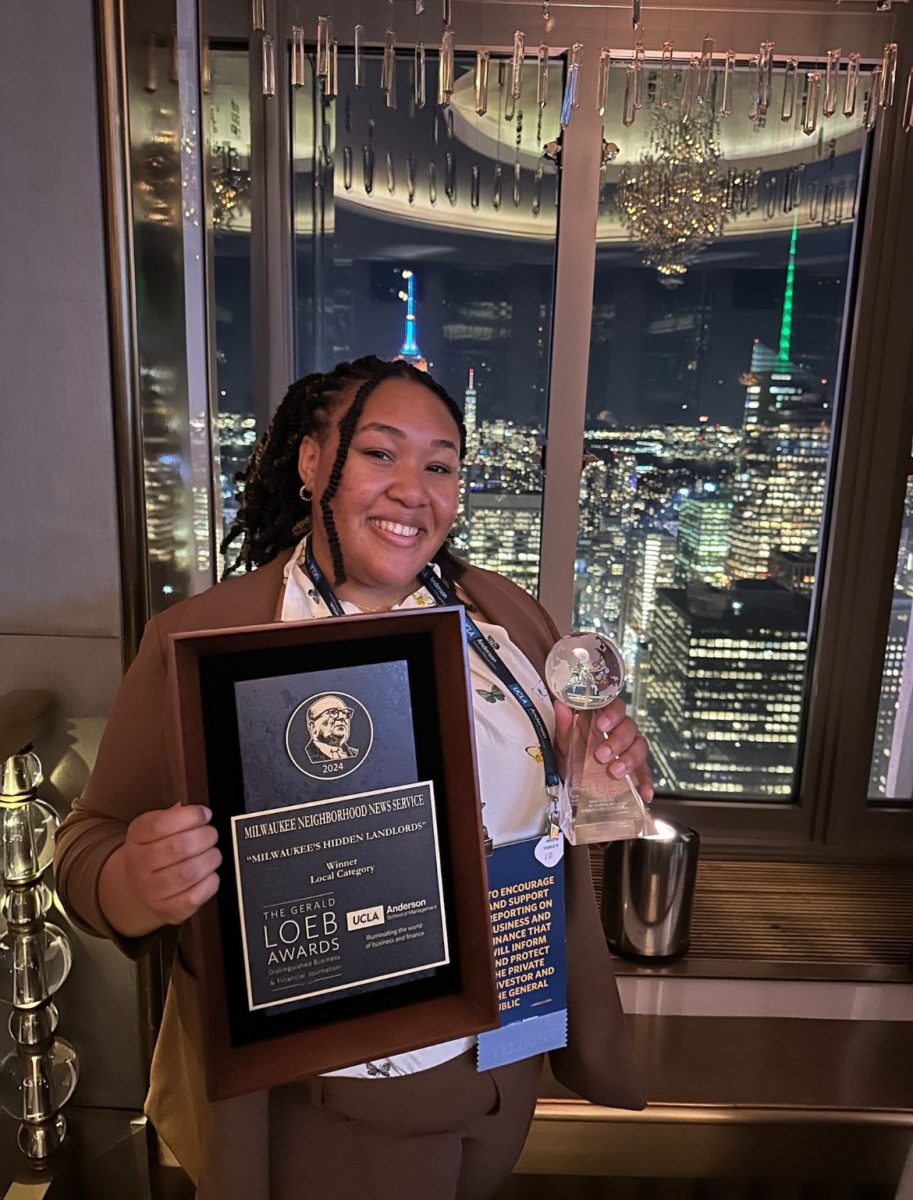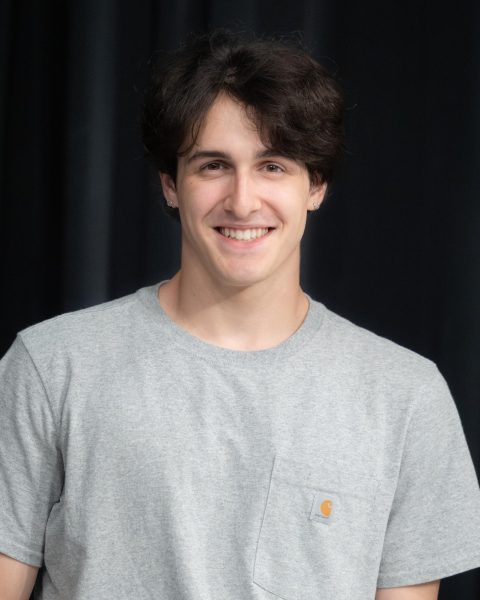Milwaukee skateboarders are enjoying long overdue attention from the local government, as plans have been made to build the city’s first publicly owned skatepark.
The $1 million project is a meaningful improvement to the city for skaters and non-skaters alike, demonstrating the power of cooperation and civic engagement. Milwaukee skateboarders have worked tirelessly to increase access to the sport and have a lot to look forward to.
The free outdoor park will replace an underused parking lot at 507 W. Rogers St. The plan is part of a $2.75 million public works and beautification proposal using tax revenue generated from the Michel Corporate’s River One development.
Support for the skatepark is potent, as it has found a powerful ally in Common Council President, José Pérez, who enjoyed skateboarding when he was younger.
Additionally, the program overseeing construction of the park, MKE Plays, is partnering with The Skatepark Project, a nonprofit founded by professional skateboarder Tony Hawk.
This is important, because parks should be built for skaters by skaters. Too often, cities slap together skateparks without care or concern for how they will perform.
Large sets of stairs are installed in an area with no run up, rails are built at an awkward height or the ground is crumbly and not well maintained. However, it is great to see that Milwaukee is not indifferent to how this park turns out.
The program is further involving skateboarders’ input by collaborating with local advocates, such as Dylan Shanahan, an IT specialist and co-founder of National DIY skatepark.
This park is located on National Ave. in a parking lot under I-94 and has been built from the ground-up by Shanahan and a team of skateboarders.
Do-it-yourself parks, like National DIY and Estabrook DIY on the north side, have been the foundation of Milwaukee’s current skateboarding culture for years because the city lacks nearby parks. However, parks like these are still limited in their ability to expand the sport.
DIY parks are restricted to less than favorable locations. While the community makes every effort to maintain them through cleanup events, they are still undoubtedly less kid–friendly than city skateparks.
This is especially unfortunate when considering the massive benefits skateboarding brings to the youth. Especially in today’s digital world, children need avenues to get outdoors, be active and make new friends.
Stephanie Mercado, a strong advocate for the park who earned her master’s degree in public health from University of Wisconsin-Milwaukee, wrote her capstone project on the city’s need for a free public skatepark.
She preached that the benefits included improved health, encouraging an eco-friendlier mode of transportation, and generating community pride.
While skateboarding continues to be an alternative sport, it also continues to have a significant cultural impact. This year, the sport will be in the Olympics for the second time, and thousands of children will be watching, inspired to try it themselves.
Skateboarding has created jobs for athletes, artists and business owners seeking to expand its impact to the rest of the world. It has influenced fashion and music, and it is abnormal for a city as big as Milwaukee to not have a free public skatepark.
Milwaukee has been historically unfriendly to skateboarders by preventing them from riding in much of downtown and failing to give them a park, but hopefully this decision can undo that. Furthermore, this park will have a significant impact on the greater Milwaukee community.
Low-income areas in the city have always lacked safe recreational spaces for children to make friends and have fun. This park will provide that.
Additionally, some advocates have encouraged the city to add a gathering space to the park for community events. Ideally, this will attract skaters and non-skaters alike to participate.
If this project proves successful, it is my hope the city will continue to invest in public works projects expanding safe recreational spaces throughout downtown. Local governments should understand investing in these spaces means investing in their cultural identity and city pride.
This story was written by Joey Schamber. He can be reached at joseph.schamber@marquette.edu.









